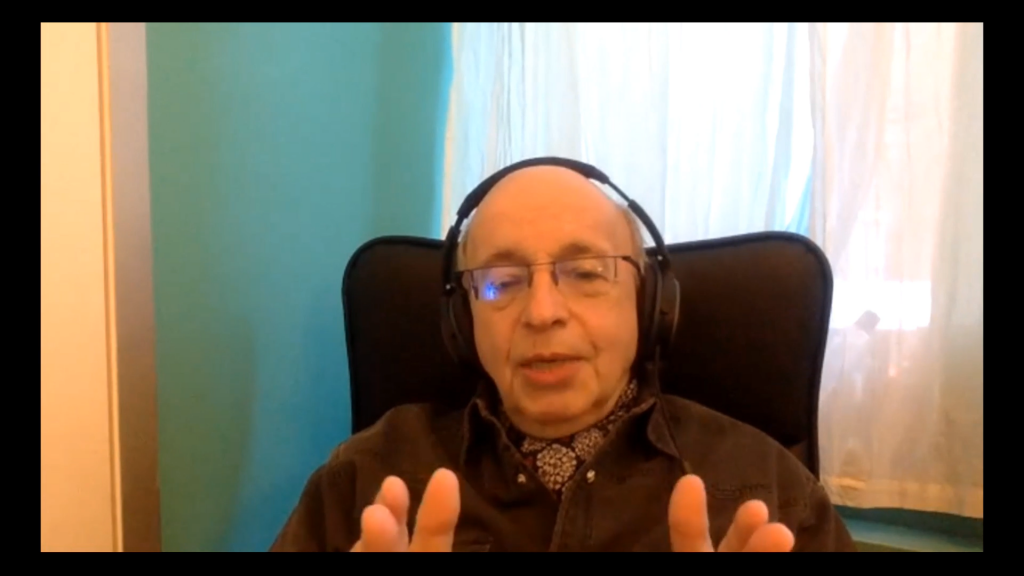This week, panelists gathered in a discussion aiming to uplift the voices and experiences of psychiatric patients.
The talk, titled “Explore Human Rights — Asylum Stories and Patients’ Rights,” was organized by Anne-Caroline Sieffert, a lecturer of romance languages and literature at Binghamton University. The discussion centered on giving a voice to mentally ill patients who had been stigmatized, shamed and dehumanized by psychiatry throughout the late 19th and 20th centuries, with both the historic Binghamton asylum, known as Binghamton State Hospital, and Willard Asylum in Ovid, New York as focal points.
Panelists consisted of Peter Stastny, a psychiatrist, author and patients’ rights activist, and Elizabeth Mozer, an associate professor of theatre at BU and an actress, director and creator. The event was held in collaboration with the BU Human Rights Institute and had four co-sponsors including the Citizenship, Rights and Cultural Belonging Transdisciplinary Area of Excellence (TAE) and the BU theatre department.
Throughout his career, Stastny has advocated for a greater focus on human rights in psychiatry, including through writing about the stories of institutionalized Willard Asylum patients in his 2008 book, “The Lives They Left Behind: Suitcases from a State Hospital Attic.” Mozer is a theatre creator specializing in movement, who directed, wrote and starred in both a one-woman play, “The Asylum Project,” and ensemble play, “Castle on the Hill,” telling the stories of local asylum patients.
The idea for the presentation initially came to Sieffert while she was teaching the history of mental health treatment and local asylum history in her course French 481D: It’s Alive: Science and Madness in Pop Culture last semester. When introducing the panels’ speakers, Sieffert explained her hope to shed light on the lives of psychiatry patients.
“These asylums are long closed, but the damage is done and the memory of these patients is still very hard to recover,” Sieffert said. “In 1995 when Willard [Asylum] closed, they found over 500 suitcases in the attic, pieces and bits of the life gone. These were all the patients who died in Willard [Asylum] and whose family hadn’t claimed their effects. So tonight’s panel is an attempt at answering these questions. It’s also organized with the explicit idea of commemorating those New Yorkers, patients whose anonymous graves can be found in the yard of many of these closed asylums, and with the wish to show how we can do things differently.”
At the talk, Stastny and Mozer spoke about their respective work with asylum patients’ stories, as well as means through which their stories can be told in ways that respect their human rights. Panelists also answered audience questions on some of the challenges of working with sensitive information, such as avoiding sensationalizing and using ethical research methods.
Stastny, who has also worked on a short, experimental documentary film on psychiatry and whose research focuses include long-term institutionalization, spoke about the importance of erasing the stigma surrounding mental illness.
“We decided to use the real names, without any kind of shame, that were going to reveal something protected by some kind of medical — because that’s done usually in cases like this — to protect psychiatry, not the privacy of these people, in my book,” Stastny said.
Stastny also emphasized the unique role that he said artistic expression can have in sharing stories of mistreatment.
“It’s OK to engage with suffering,” Stastny said. “That is the art that we have to learn and teach.”
In research for her plays, Mozer had interviewed formerly institutionalized local residents, read Stastny’s book and toured local asylums. Mozer spoke after Stastny, where she addressed the educational benefits of sharing patients’ stories through art.
“I think that theatre artists can play a part in that [engagement with the art of suffering], as embodying suffering and sharing that with learning about the suffering of others, and bringing their stories to other people so that we can see ourselves and these other people, that we can learn from them, and like [Stastny said], make changes where they need to be made collaboratively,” Mozer said.
Macaulay Glynn, an attendee and Ph.D. student studying English, said that she enjoyed the event and would be interested in attending a similar one.
“I was very grateful to have had the opportunity to hear the experiences both speakers shared about their work and to be present for the stimulating exchange of ideas that followed,” Glynn wrote in an email.
Liyang Dong, a third-year Ph.D. student studying English, had also attended the virtual presentation and said she found both Stastny’s and Mozer’s contributions enlightening.
“I totally agree with [Stastny] that institutionalization of … psychiatric patients should be questioned and reimagined,” Dong wrote in an email. “We don’t need another science of psychiatry and more drugs to treat patients with psychiatric diversity, but the cure should be placed more on family and community connection, and engagement with human suffering. I really love the way [Mozer] humanized each patient she interviewed at Binghamton [State Hospital] and the mesmerizing quality she embedded in each narrative about them with her emotional and performative persona.”
Editor’s note (3/31/22): An earlier version of this article incorrectly stated Macaulay Glynn was studying both English and German Rhetoric and literature. Glynn is studying English, the article has been updated to reflect this information. Pipe Dream regrets the error.



